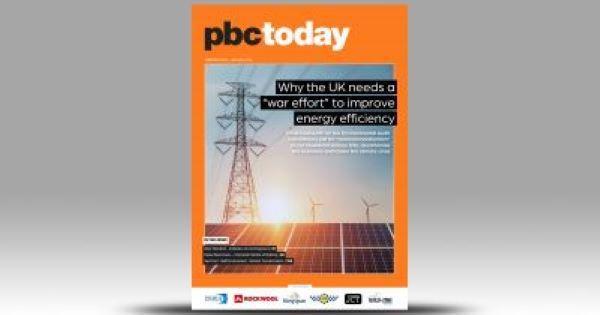
Submitted by Dr Fiorella Del... on Tue, 31/01/2023 - 15:45
Omar Abo Madyan, CSIC Research Associate at the University of Cambridge, has recently published a new blog at PBC Today entitled ‘Improving construction material efficiency by uncovering blind spots’, which discusses how to tackle carbon blind spots and data gaps that are holding back construction material efficiency.
Embodied carbon hotspots in cementitious materials constitute an environmental challenge for the construction industry in their effort to reduce carbon emissions. A deeper understanding of carbon hotspots using accurate data sets across the value chain is key.
Collecting accurate data is challenging due to the fragmentation of the construction process in which data can be siloed within different organisations, segregated on different platforms, or even not collected or tracked. Dr Omar Abo Madyan, CSIC Research Associate at the University of Cambridge
The introduction of the latest 3D design models in building information modelling (BIM) can help to optimise design parameters more effectively and provide information on material quantities and volumes, but Omar Abo Madyan questions the accuracy of carbon models beyond the design phase, focusing on “the extent to which they are reflected in the construction phase and how any discrepancies between the design and construction phases create missed improvement opportunities”. The author argues that the fragmentation of the construction process causes significant data gaps “especially as the quality of the output of carbon models is determined by the quality of the input”.
As a result, the discrepancies and data gaps often lead the industry just to estimate certain values, overlooking the blind spots or opportunities for improving material efficiency and consequently the full environmental impact of the construction process.
Read the full article published at PBC Today here
